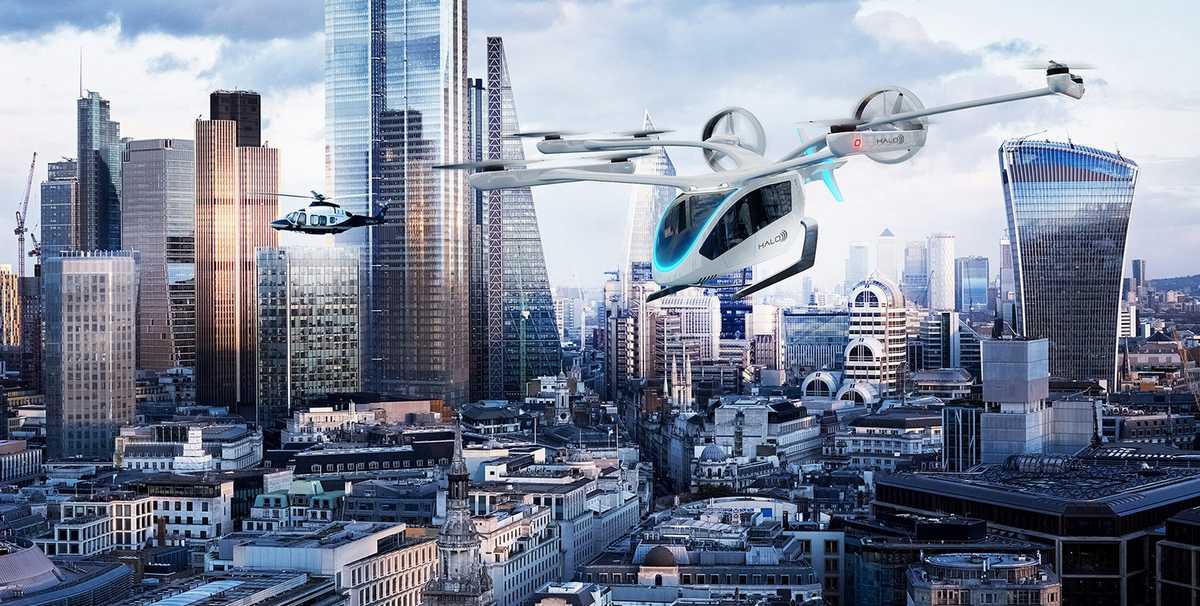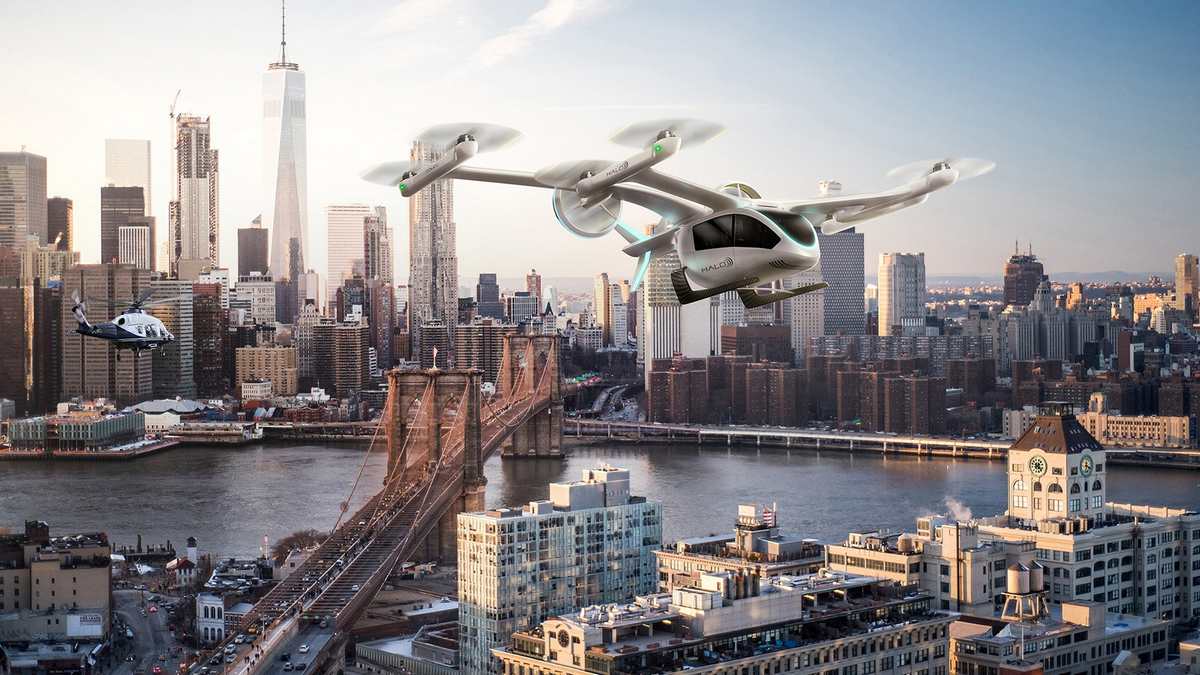The benefits of a bustling metropolis, such as New York or London, are palpable: unsurpassed architectural gems, two-week fashion weeks and a highly coveted leather-bound menu. But what about traffic? Or the desire to avoid it? Discover the solutions of Eve Urban Air Mobility Solutions, an aircraft that looks like an extremely smooth collaboration between a high-tech helicopter and a luxury private jet.
The brand new aircraft is the brainchild of two aviation experts: Eve , a new independent company owned by the respected aircraft manufacturer Embraer, and Halo , another relatively young company (part of the OneSky Flight family of Directional Aviation), which deals with the operational aspects of the new aircraft.
A fleet of 200 Eve vertical takeoff and landing electric aircraft (dubbed eVTOL for aviation experts) is due to arrive in New York and London in 2026, with half in Manhattan and the other half through a pond.
In terms of access, aviation brands are still working on specifics, but they are exploring the idea of membership for people who want to make relatively short trips – for example, from downtown Manhattan to Newark Liberty International Airport or from London to Windsor. However, the range of about 60 miles is not limited. In addition, this aircraft will be 80% quieter than conventional helicopters and will have 50% lower operating costs, which is also called a win-win situation. This means that Eve cars can fly over densely populated areas where noise pollution is a concern.

So far, this may seem a bit complicated, but the goal of cooperation is simple: to offer a solution for urban mobility on demand, in which takeoffs and landings are not limited to land and water. The leaders behind this initiative are confident that it will not only work, but will be quite successful, because it is supported by two leaders in the field of aviation.
Halo and its parent company OneSky Flight have many years of experience operating aircraft, and the Brazilian company Embraer is one of the world’s leading manufacturers of aircraft. By 2026, residents of New York and London will be patiently waiting to literally increase the number of trips to work.

